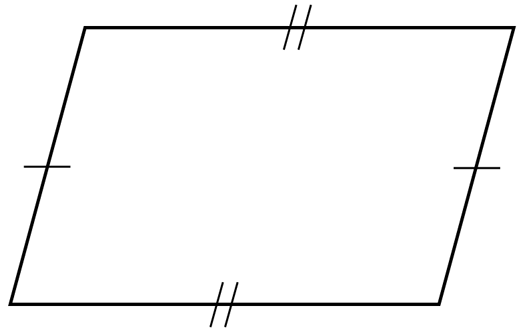A point `P` lies between a lamp post, 1.5 metres high, and a building, 7 metres high. `P` is 2.5 metres away from the base of the post.
From `P`, the angles of elevation to the top of the lamp post and to the top of the building are equal.
What is the distance, `x`, from `P` to the top of the tower?
- 10.60
- 12.50
- 13.60
- 14.55
